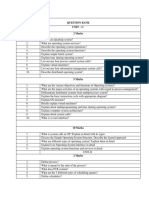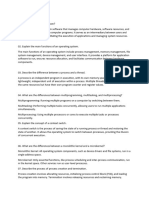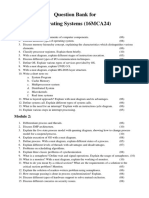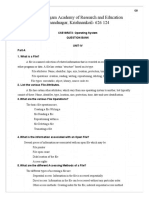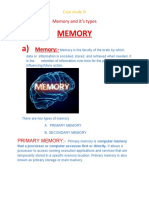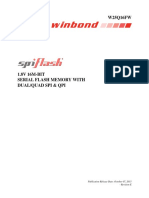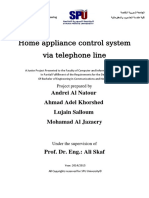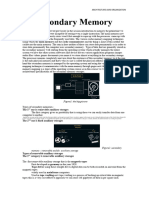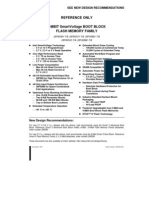0% found this document useful (0 votes)
5 views1 pageModule 3 - Question Bank
The document contains a series of questions related to file systems, including definitions, access methods, directory structures, file protection, and various file allocation methods. It also covers topics such as I/O systems, scheduling algorithms, storage management, and Inter-Process Communication (IPC). Additionally, there are case study questions focusing on NAND flash storage systems and their management.
Uploaded by
nishall.s1006Copyright
© © All Rights Reserved
We take content rights seriously. If you suspect this is your content, claim it here.
Available Formats
Download as PDF, TXT or read online on Scribd
0% found this document useful (0 votes)
5 views1 pageModule 3 - Question Bank
The document contains a series of questions related to file systems, including definitions, access methods, directory structures, file protection, and various file allocation methods. It also covers topics such as I/O systems, scheduling algorithms, storage management, and Inter-Process Communication (IPC). Additionally, there are case study questions focusing on NAND flash storage systems and their management.
Uploaded by
nishall.s1006Copyright
© © All Rights Reserved
We take content rights seriously. If you suspect this is your content, claim it here.
Available Formats
Download as PDF, TXT or read online on Scribd
/ 1









